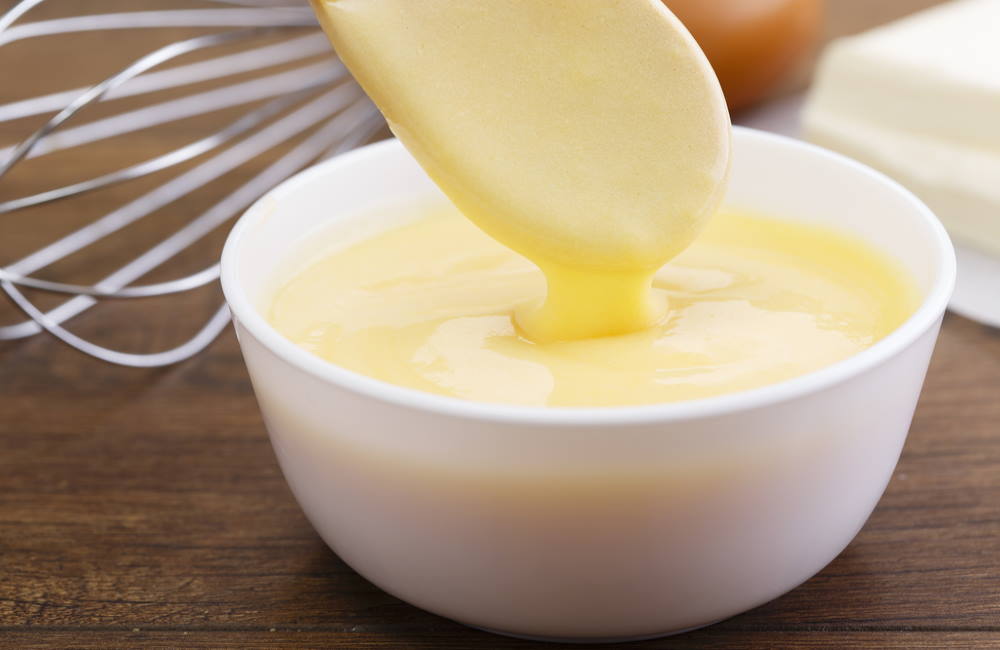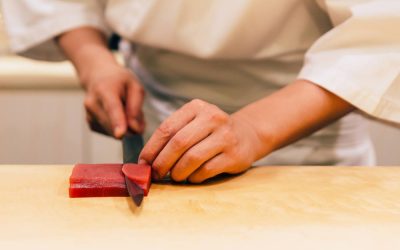What Are Mother Sauces?
You may or may not have heard of mother sauces, what they are, where they come from, or why you should care about them, but they are very important to cooking and are the basis for other, more complex sauces.
The term mother sauce refers to 5 base sauces in the French culinary vernacular that most all other French sauces are derived from. A famous French Chef by the name of August Escoffier wrote the book Le Guide Culinare that codified the 5 mother sauces, four of which had previously been identified by his predecessor Antoine Marie Careme.
The Five Mother Sauces
- Bechamel
- Velouté
- Espagnole
- Tomato
- Hollandaise
As the owner and head chef at LoCiceros, I use some of these mother sauces to create dishes for catering in Tampa Bay. Looking at the list I’m sure you realize that you have already made or at least eaten a few of these, but we want to go a little deeper than that.
Bechamel Sauce. A simple version of a bechamel sauce is a roux of butter, flour, and milk with the addition of nutmeg, salt, and pepper. Pretty simple right? One of the derivatives sauces created from bechamel sauce is a mornay sauce. A mornay sauce is nothing more than a bechamel with the addition of cheese. Something you may have already had in your grandmother’s mac and cheese.
Velouté Sauce. This sauce is made by combining a roux with any stock to make a gravy. That’s right–now you have the family secret for gravy making. If you’ve ever hovered near your mother or grandmother to learn how to make that delicious gravy you waited for all year you probably would have witnessed them combining a stock with a roux. But it doesn’t have to be difficult. For your weeknight dinners, use store bought chicken stock to make your gravy. A velouté is also a commonly used base for soups that require some “body” or “weight”.
Espagnole Sauce. This is not a sauce that most of us make unless we have a lot of time and patience. Espagnole consists of beef stock, brown roux, mirepoix, and tomato paste which then becomes a demi-glace once you have cooked, reduced and strained the sauce.
This sauce requires a greater skill level in terms of technique. If you’ve ever enjoyed fine dining, this is where you’ve likely encountered a demi-glace paired with different proteins, for example a filet served with veal demi. This is one of my favorite sauces because of its depth of flavor.
Sauce Tomato. I am sure this is a sauce that we have all had one version or another of. The traditional French recipe includes a butter roux to thicken the sauce. This is not what you and I may be used to.
Europe was slow to accept the tomato after the Spanish returned with it, but over time it became a staple in Italian cookery as well as other cuisines. The French style sauce is made by combining olive oil, white onion, garlic, white wine, tomatoes, thyme, a bay leaf, and a butter roux.
Hollandaise Sauce. This is a sauce most of us have encountered on eggs benedict, another favorite of mine. Hollandaise is a mother sauce that requires a greater skill level in terms of technique. This sauce is accomplished by combining egg yolks, water, lemon juice, clarified butter, and cayenne pepper. Bearnaise sauce is a derivative of Hollandaise with the addition of tarragon, also a favorite sauce on mine, both of which pair equally as well with seafood or beef.



